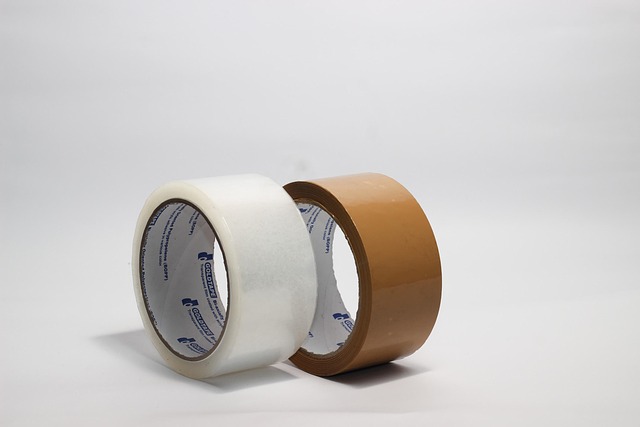Photography is an art form that captures reality through the lens of a camera, allowing us to immortalize moments in vivid detail. Yet, despite advanced technology and sophisticated optics, photographers occasionally encounter the elusive issue of color defect in their layered images. Understanding this phenomenon not only elevates our ability to create stunning photographs but also enhances our appreciation for the craft itself.
The term color defect” refers to the unwanted changes or inaccuracies in color reproduction in a photograph. These imperfections can stem from various factors, including lighting conditions, the camera sensor, and the lens used. Among the most prominent culprits are layered photographs, which incorporate different elements or exposures into a single image. While layering can produce breathtaking results, it also introduces complexities that can lead to distortion and surprising visual anomalies.
Optics play a crucial role in photography, governing how light enters the camera and is captured by the sensor. Even the slightest imperfection in a lens can manifest as a color defect, causing colors to bleed, fade, or even mismatched hues in a composite image. For layered photographs, these imperfections can become amplified, leading to unexpected color shifts that may frustrate the photographer. In some cases, a simple adjustment in white balance can resolve these issues, but there are times when deeper dives into color theory and correction software will be necessary.
Moreover, the choice of camera can also significantly impact the likelihood of encountering color defects. Different cameras have varying capabilities regarding color depth and saturation, which can affect how layers in a photograph interact. Understanding your camera’s strengths and weaknesses is vital in ensuring that the final image remains as faithful to the scene as possible. It’s not just about the exposure settings but a nuanced dance between light, color, and the layers we create.
As photographers, we strive to tell stories through our images, with color as a pivotal language. When layering images, achieving harmony in color is essential. A well-placed overlay might elevate the emotional quality of a scene, while a color defect can disrupt this narrative. Painters use color mixing to bring their vision to life, and photographers must similarly consider how layers interact with each other; understanding tonal values and contrasts will help mitigate potential issues.
In the world of layered photography, recognizing the elements that contribute to color defects is essential for both correction and prevention. Familiarizing ourselves with the characteristics of our lenses, employing color correction tools, and keeping an open mind when experimenting with layering will help us navigate the challenges posed by this artistic endeavor. The beauty of photography lies not only in the moments we capture but also in the lessons we learn through the process.
Embracing the mystery surrounding color defects in layered photography opens a new realm of understanding. It challenges us to refine our skills, embrace our creative instincts, and create vibrant, engaging works of art that resonate with viewers long after they leave our frames.



